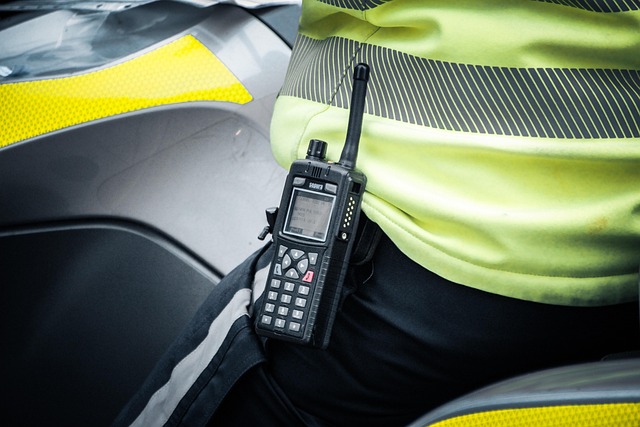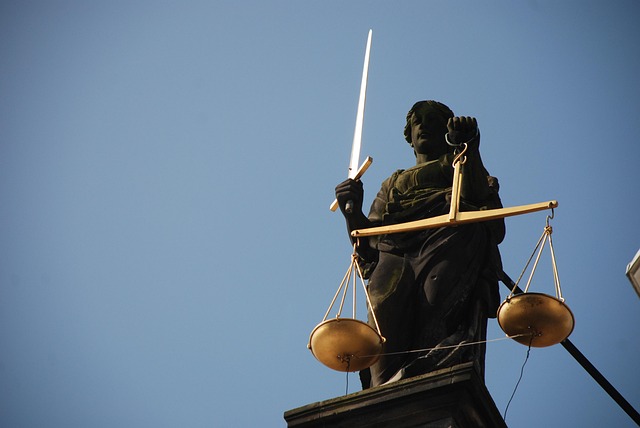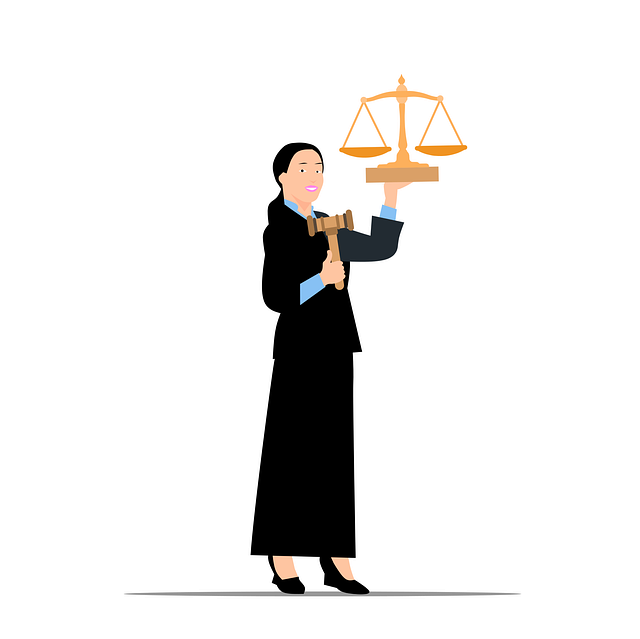Regulatory fraud laws protect financial markets and consumers by targeting deceptive practices towards regulatory bodies. Understanding fraud involves defining terms like "fraud." Defense attorneys use Strategies to Contest Witness Credibility in Trials to undermine witness testimony in complex financial cases, aiming for favorable verdicts while maintaining judicial integrity. These strategies include challenging bias, consistency, and reliability through document analysis, cross-examination, and credibility assessments, ultimately securing just outcomes.
Regulatory fraud laws are essential components of modern governance, designed to protect against deceptive practices that undermine public trust. This article delves into the intricate world of regulatory fraud, focusing on key definitions and the scope of these laws. We explore strategic approaches to assess witness credibility pre-trial, effective cross-examination tactics, document analysis techniques, and post-trial appeals processes. By mastering these strategies to contest witness credibility in trials, legal professionals can better navigate complex cases and ensure justice.
- Understanding Regulatory Fraud Laws: Key Definitions & Scope
- Strategies for Pre-Trial Credibility Assessments of Witnesses
- Cross-Examination Tactics to Challenge Witness Testimony
- Using Document Analysis to Discredit Statements
- Post-Trial Appeals: Challenges to Witness Credibility Findings
Understanding Regulatory Fraud Laws: Key Definitions & Scope

Regulatory fraud laws are designed to protect the integrity of financial markets, consumer protections, and public safety by penalizing individuals who manipulate or deceive regulatory bodies. Understanding these laws begins with key definitions, such as “fraud,” which can encompass various deceptive acts, including misrepresentation, concealment, or manipulation of material facts. The scope of these laws is broad, covering a wide range of conduct from white-collar and economic crimes to environmental violations.
Strategies to Contest Witness Credibility in Trials play a significant role in navigating regulatory fraud cases. In jury trials, defense attorneys employ tactics like challenging the witness’s bias, consistency, and reliability to undermine their testimony. Winning challenging defense verdicts often hinges on successfully questioning the credibility of key witnesses, especially in complex financial cases where the truth may be murky. This involves meticulous preparation, thorough cross-examination, and leveraging legal arguments to present a compelling case that protects the rights of the accused while upholding the integrity of the judicial process.
Strategies for Pre-Trial Credibility Assessments of Witnesses
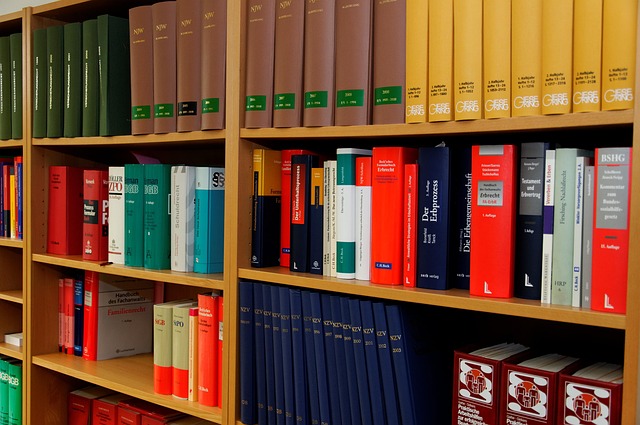
In the lead-up to a trial, particularly in complex cases like white collar and economic crimes, developing robust strategies for pre-trial credibility assessments becomes paramount. This process involves meticulously scrutinizing potential witnesses’ statements, conducting thorough background checks, and examining their prior consistency (or inconsistency) in similar situations. An unprecedented track record of successful fraud investigations can serve as a powerful tool to enhance the believability of a witness before the jury trials.
Legal teams must gather and analyze relevant evidence, including financial records, emails, and any other documents that might corroborate or contradict a witness’s account. Cross-examination techniques play a pivotal role here; lawyers can challenge witnesses by highlighting inconsistencies, prompting them to clarify dubious statements, and probing their motivations for testifying—all while maintaining a respectful demeanor. This strategic approach not only weakens the opposing side’s case but also strengthens the defense’s narrative, making it crucial in navigating the intricacies of jury trials.
Cross-Examination Tactics to Challenge Witness Testimony
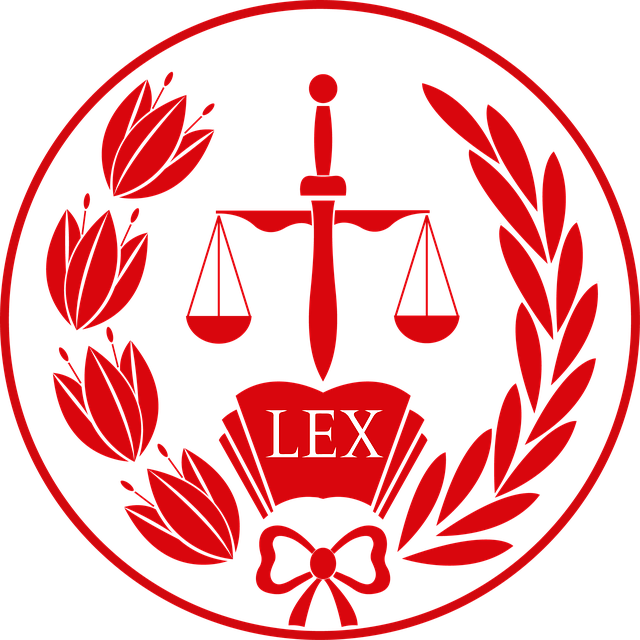
In trials involving regulatory fraud laws, cross-examination plays a pivotal role in challenging witness testimony. Experienced legal professionals employ various strategies to contest the credibility of witnesses, aiming to cast doubt on their accounts and protect their clients’ interests. One effective tactic involves meticulous scrutiny of the witness’s statements for inconsistencies or contradictions across different instances. This method, known as the “back-and-forth” technique, aims to expose any discrepancies in memory or prior declarations, thereby undermining the witness’s reliability.
Additionally, attorneys may leverage the unique insights gained from serving both corporate and individual clients across the country to unearth potential biases. An unprecedented track record of successful cases can reinforce an attorney’s ability to effectively question witnesses, ensuring that every detail is scrutinized for any hint of manipulation or exaggeration. This comprehensive approach not only strengthens the defense strategy but also ensures a fair trial by subjecting witness testimony to rigorous testing.
Using Document Analysis to Discredit Statements

In the realm of white collar defense, one powerful strategy to contest witness credibility in trials involves document analysis. Skilled attorneys can scrutinize and present documents that discredit or contradict statements made by witnesses, significantly weakening their testimony. This approach is particularly effective when dealing with complex financial cases, where intricate records and ledgers can expose inconsistencies or discrepancies. By employing detailed document analysis, legal professionals can expose the vulnerabilities in a witness’s account, challenging their reliability and integrity.
Through meticulous examination of relevant documents for his clients, attorneys can uncover key details that may otherwise remain hidden. This strategy not only enhances the overall defense narrative but also helps secure winning challenging defense verdicts. By presenting compelling evidence that undermines witness credibility, legal teams can sway the jury’s perception, ensuring a fair and just outcome in court proceedings.
Post-Trial Appeals: Challenges to Witness Credibility Findings

Post-Trial Appeals often present a unique challenge when it comes to questioning Witness Credibility Findings. In such appeals, strategies to contest these findings become paramount for maintaining justice and ensuring fair outcomes. Legal professionals must be adept at scrutinizing testimony, examining inconsistencies, and presenting compelling arguments that doubt the credibility of witnesses. This involves a meticulous review of the trial record, identifying any contradictions or biases in witness statements, and employing legal precedents to support the challenge.
One effective strategy is to highlight an unprecedented track record of inconsistent or contradicting testimonies from key witnesses. By demonstrating patterns of unreliable accounts, defense attorneys can cast doubt on the overall reliability of the testimony. This approach, proven successful for his clients, aims to protect respective businesses from unwarranted legal repercussions by highlighting the importance of credible evidence in reaching just verdicts.
In navigating the complexities of regulatory fraud cases, understanding and employing effective strategies to contest witness credibility is paramount. By familiarizing oneself with key definitions, utilizing pre-trial assessments, mastering cross-examination techniques, and leveraging document analysis, legal professionals can significantly strengthen their cases. Moreover, recognizing the importance of post-trial appeals allows for further scrutiny of witness findings, ensuring justice and mitigating potential errors. These comprehensive strategies are essential tools in the pursuit of truth and fairness within the legal framework.
